The two great Soviet world champion Russians, Anatoly Karpov and Garry Kasparov, have almost always taken divergent paths. Karpov was the golden boy of the Soviet establishment, while Kasparov was an early supporter of glasnost and perestroika. A détente occurred when Karpov visited Kasparov in prison after he was incarcerated by the Putin regime for taking part in a public protest in Moscow. But their ancient opposition continues.
Kasparov’s new book, Winter Is Coming: Why Vladimir Putin and the enemies of the free world must be stopped (Atlantic), is a challenge to the Kremlin and the Russian president. Kasparov prepared for its publication by emigrating to New York. Meanwhile, according to my old friend James O’Fee, who dined with him in Budapest last month, Karpov is busy with non-chess-related matters. He is a member of the Public Chamber of Russia, which analyses draft legislation and monitors the activities of the parliament, government and government bodies.
This week’s game and puzzle show the two old warhorses in action against each other across the chessboard. Notes to the Karpov win are based on another Kasparov publication, one that isexclusively about chess, Kasparov v Karpov 1986-1987 (Everyman Chess).
Karpov-Kasparov; World Championship, London/Leningrad (Game 17) 1986
1 d4 Nf6 2 c4 g6 3 Nc3 d5 4 Nf3 Bg7 5 Qb3 dxc4 6 Qxc4 0-0 7 e4 Bg4 8 Be3 Nfd7 9 Rd1 Nc6 10 Be2 Nb6 11 Qc5 Qd6 12 e5 Qxc5 13 dxc5 Nc8 14 h3 (see diagram 1) Karpov’s home analysis showed that after this move Black’s defence was very difficult as the prospects of the knight at c8 could be significantly restricted. 14 … Bxf3 15 Bxf3 Bxe5 16 Bxc6 A surprise. Kasparov was expecting 16 Rd7, planning 16 … e6 17 Bxc6 bxc6 18 f4 Bg7! 19 Rxc7 Re8 20 Rxc6 Ne7 21 Ra6 Reb8, and Black regains the pawn with sufficient counterplay. 16 … bxc6 17 Bd4 White intends an exchange of minor pieces, leaving the opponent with a broken pawn structure on the queenside and a restricted knight on c8. 17 … Bf4 18 0-0 a5? An incorrect plan. 18 … e5 — as in Karpov-Timman, played later at Tilburg, 1986 — would have enabled Black to resist. 19 Rfe1 Now the knight on c8 cannot manage to get to the centre, and the game is essentially decided. 19 … a4 20 Re4 Bh6 21 Be5 a3 22 b3 Na7 At last the luckless beast comes into play, but its imaginary freedom is acquired at too high a price. 23 Rd7 Bc1 24 Rxc7 Bb2 (see diagram 2) 25 Na4 The simplest and most convincing solution. After the incautious 25 Rxe7 Rfe8 keeps Black alive, for example: 26 Bd4 Rxe7 27 Rxe7 Rd8 28 Be5 Nb5 29 Nxb5 Bxe5 30 Rxe5 Rd1+ 31 Kh2 cxb5 32 b4 Kf8, and Black can still struggle on. 25 … Nb5 26 Rxc6 Rfd8 27 Rb6 The main idea of White’s strategy. He is not diverted by the capture of the bishop on b2, but tightens his grip. 27 … Rd5 28 Bg3 Nc3 29 Nxc3 Bxc3 30 c6 Bd4 31 Rb7 Black resigns
Got something to add? Join the discussion and comment below.
Get 10 issues for just $10
Subscribe to The Spectator Australia today for the next 10 magazine issues, plus full online access, for just $10.

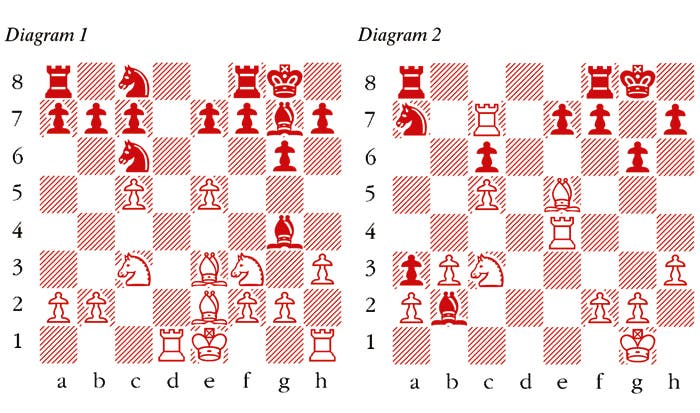
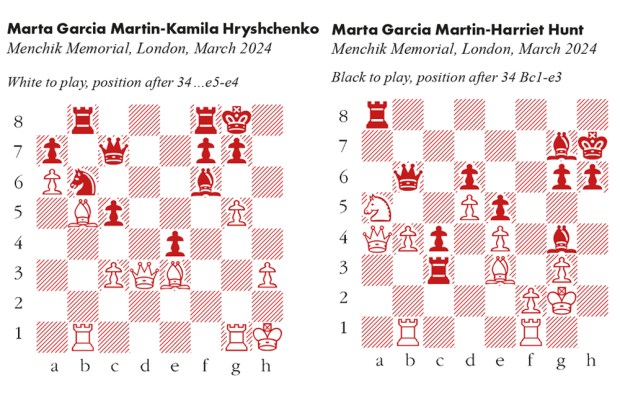

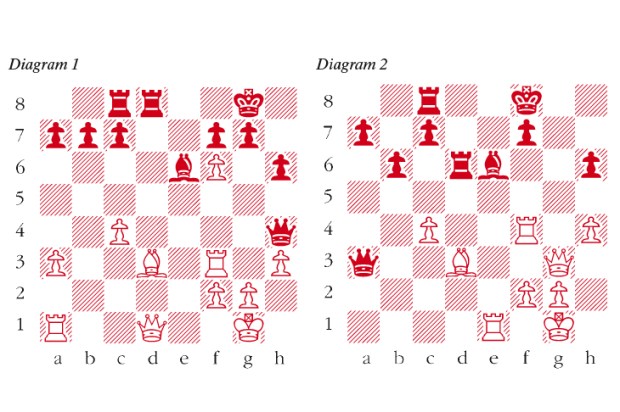
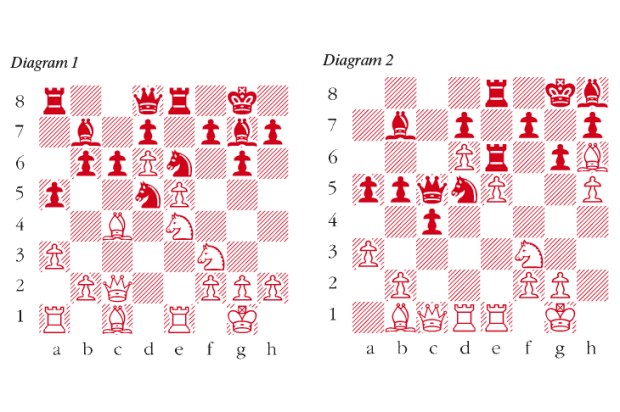
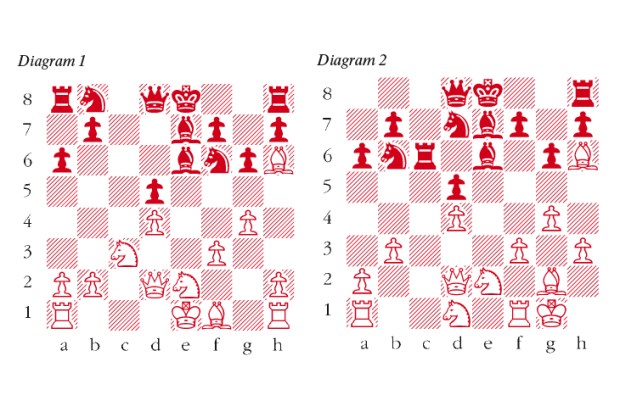
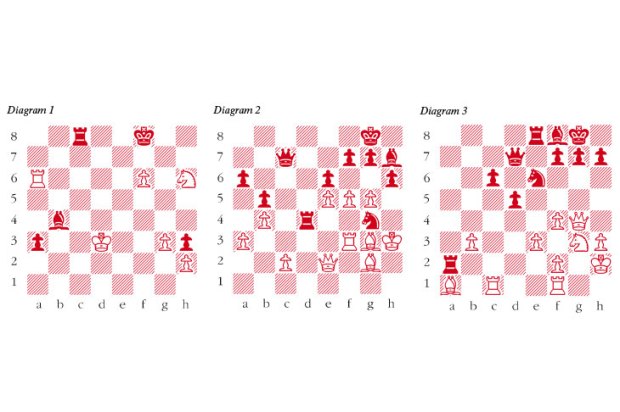






Comments
Don't miss out
Join the conversation with other Spectator Australia readers. Subscribe to leave a comment.
SUBSCRIBEAlready a subscriber? Log in